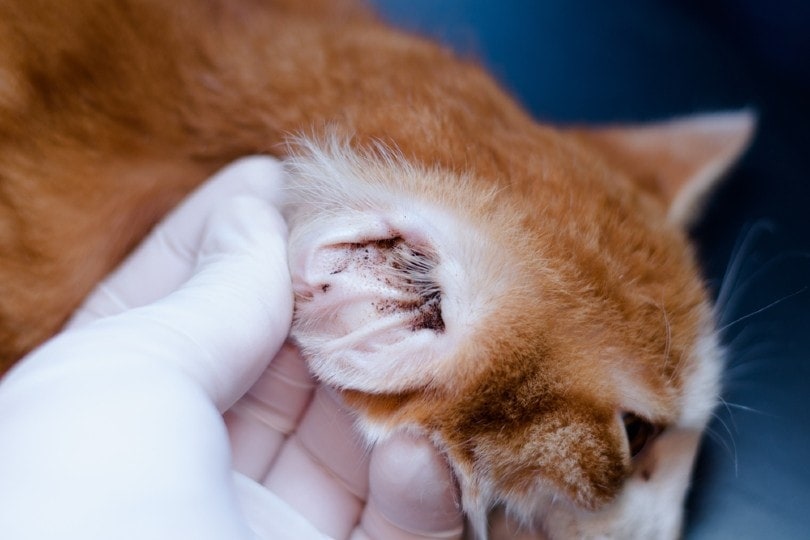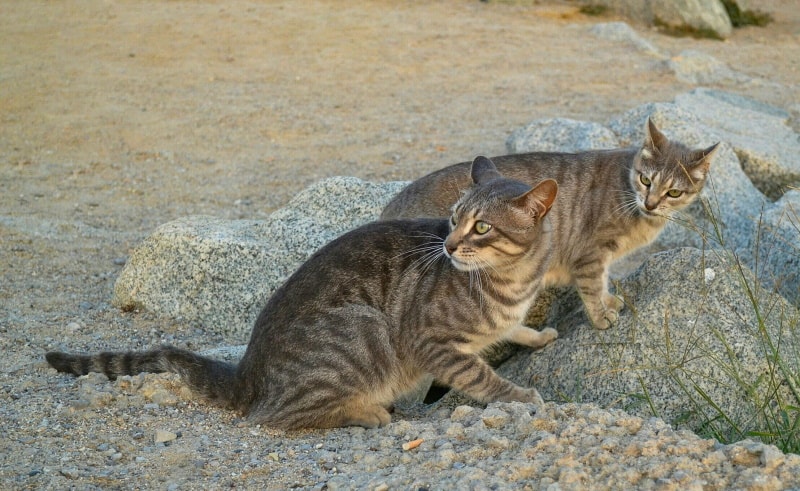8 Amazing Facts About Munchkin Cats: Genetics, Temperament & Speed
By Kit Copson
Updated on
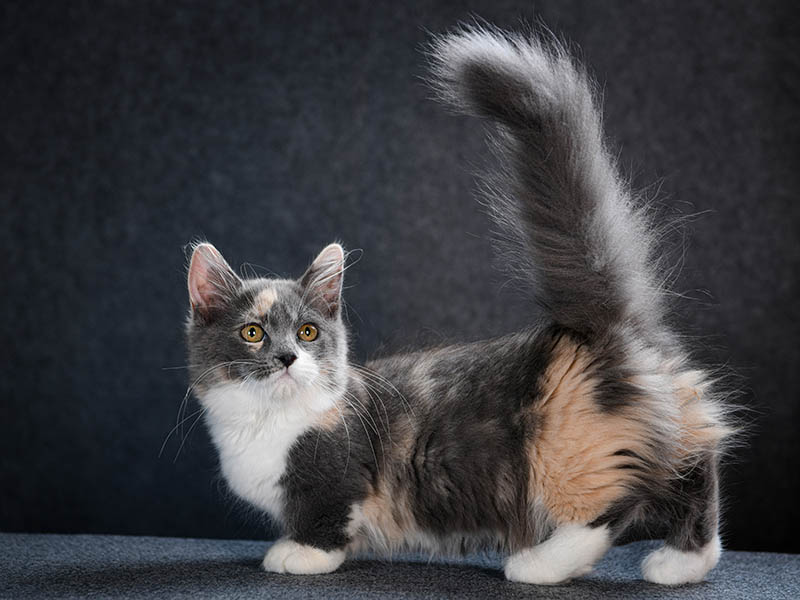
Munchkin cats are frequently the subjects of intrigue for cat lovers due to their unique appearance. There’s a lot more to these affectionate and sociable short-statured cats besides their distinctiveness and beauty, though.
They’ve been surrounded by controversy from the moment they were first shown to the public in 1991 and have a host of quirks that makes them as equally fascinating as they are gorgeous. In this post, we’ll share some amazing things you probably didn’t know about Munchkin cats.
The 8 Facts About Munchkin Cats
1. A spontaneous genetic mutation resulted in the Munchkin cat.
The autosomal gene is responsible for producing the Munchkin cat’s short legs. Rather than being the result of human interference, the short legs are a spontaneous mutation.
Standard Munchkin cats have both the ‘M’ gene (short legs) and the ‘m’ gene (long legs), which together make the genetic combination ‘Mm’. It is only necessary for a parent cat to have one copy of the autosomal gene for it to be passed on to their kittens.
2. Munchkin cats can have different leg lengths.
It might surprise you to learn that the belief that every Munchkin cat has short legs is actually untrue. There are three leg lengths that a Munchkin cat can have—”standard”, “super short,” and “rug hugger.”
“Rug hugger” is the shortest possible leg length, whereas “standard” is the longest. The Munchkin cats with long legs do not carry the heterozygous gene (a cell containing two different alleles).
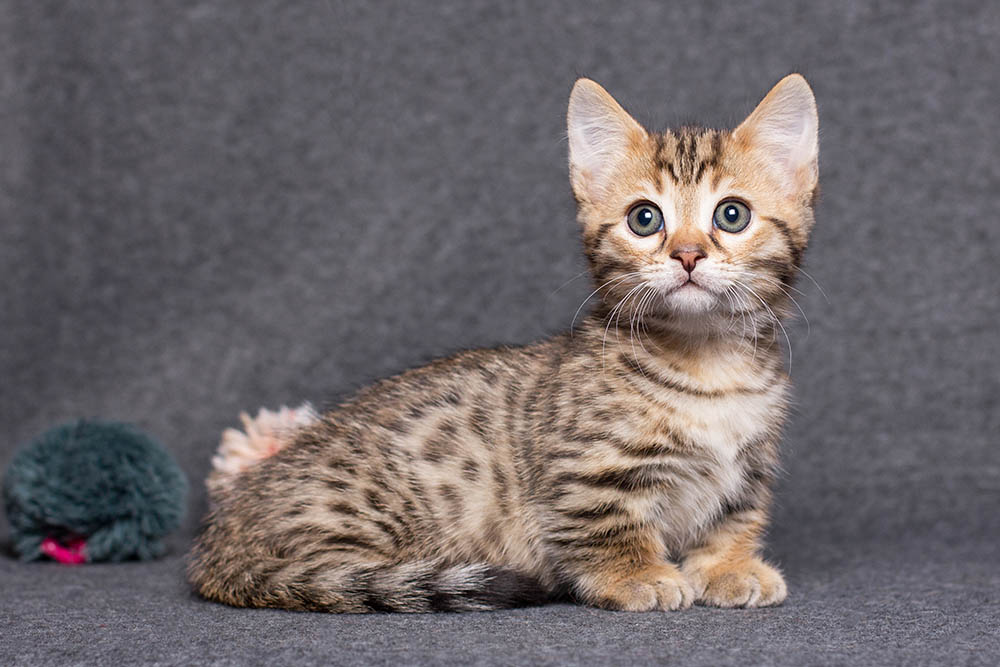
3. Munchkin cats are surprisingly fast.
Though Munchkin cats sometimes have difficulties with jumping, they’re perfectly capable of running and climbing just like other cat breeds. A curious breed, don’t be surprised if you find your Munchkin perched atop the cat tree watching all the comings and goings of daily life. They’re also really trainable and can be taught tricks and games like fetch.
4. Munchkin cats are controversial.
When Munchkins were first brought to public attention, many were appalled by their unusual appearance. One judge even referred to Munchkin cats as “an affront to any breeder with ethics.”
They’re much more popular today but breeding Munchkins is still controversial for health reasons and many seem to be divided on whether or not the Munchkin is a generally healthy breed.
There are certain health conditions associated with Munchkin cats including arthritis1 and lordosis2 but breeders argue that these are not breed-specific. Furthermore, Munchkin cats are estimated to have a lifespan of around 12–15 years, which is pretty good news.
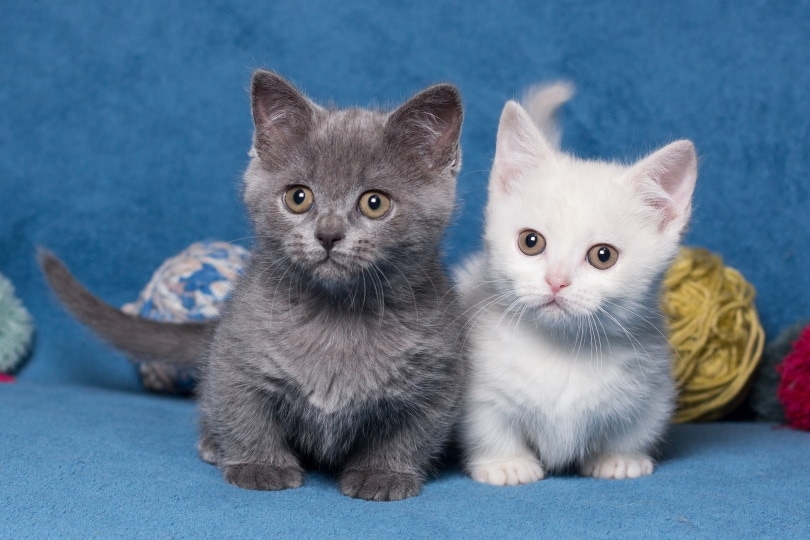
5. The CFA and ACFA do not recognize Munchkin cats.
The Cat Fanciers Association and the American Cat Fanciers Association do not recognize the Munchkin, nor do many other associations around the world due to the controversy related to how healthy these cats are.
6. The first Munchkin in America was called “Blackberry”.
Blackberry was a pregnant stray cat with short legs. She was rescued by Sandra Hochenedel—apparently while hiding underneath a truck—in 1983. Blackberry later had kittens, some of which were short-legged. Hochenedel gifted one of these kittens to a friend—a male kitten named Toulouse.
From there, more and more short-legged kittens were born, and the Munchkin cat eventually came to the public’s attention in the US, though, as mentioned above, they didn’t initially receive a warm welcome.
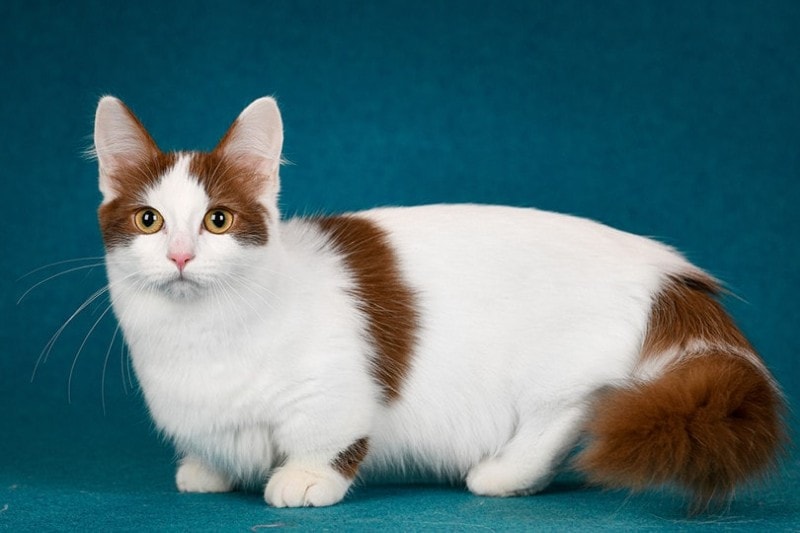
7. Munchkin cats are known for their funny sitting positions.
If you ever get the chance, observe a Munchkin cat to see how they sit and stand. They often stand and sit while balancing on their back legs, giving the impression that they’re standing or sitting up like a human, though some describe it as being “rabbit-like.”
8. Munchkin cats are super affectionate.
The ultimate “people cats,” Munchkins are known for their affectionate natures. They like to spend a lot of time with their owners, so if you’re out of the house a lot, a Munchkin might not be the best kind of cat for you.
Many love to be cuddled and sit on their humans’ laps. This goes for every cat regardless of breed, but it’s important to teach children how to be gentle with the sensitive Munchkin cat.
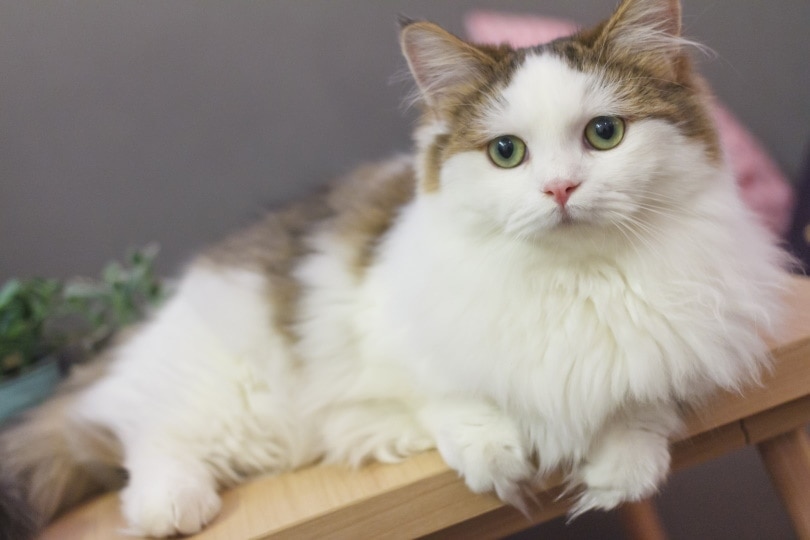
Conclusion
As we can see from the above facts, Munchkin cats have caused quite a stir since they first came to public attention in the 1980s, but today, fortunately, it’s more for the right reasons—their loving natures, lap-warming skills, and intelligence. Their lifespans are estimated to be around 12–15 years, so if you acquire a Munchkin cat, be prepared to commit to them for a pretty long time!
Featured Image Credit: MDavidova, Shutterstock


